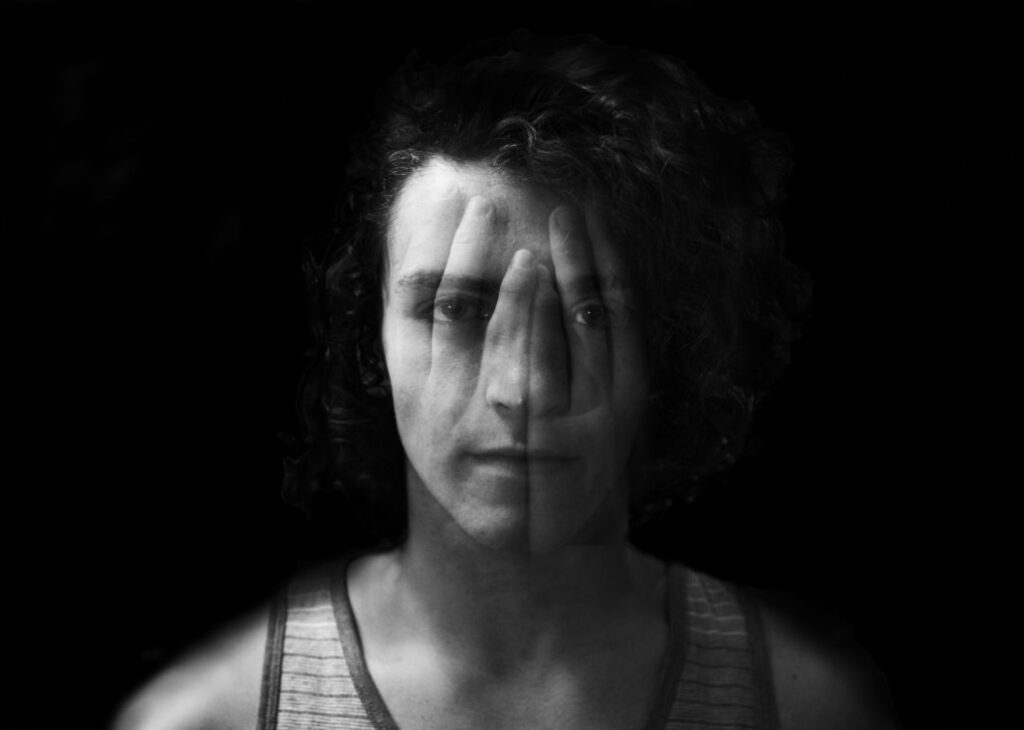Are you feeling dizzy due to your eyes? For most of us, we take our vision for granted, that is until something isn’t right. This week we will highlight an eye condition which can cause a number of issues like dizziness, headaches, and even blurred vision – vertical heterophoria. Read on to learn more about it and what you can do to help alleviate the symptoms.
Your Eyes Make It Look Easy
Our eyes are incredible. As you read this article, it’s hard to imagine that your eyes are completing a complex set of tasks to get the information in front of you to your brain. It’s further complicated by the fact that your eyes independently send this data to your brain! This requires both eyes to work together simultaneously.
But, what happens when they don’t quite work so well together? A number of eye issues could result, and one of them is called vertical heterophoria. Generally, this occurs when the eyes are not in alignment and one eye is slightly higher than the other. Looking at someone you probably wouldn’t notice this minor difference in height, but it can significantly impact their vision.
Why Does Vertical Heterophoria Happen?
Vertical heterophoria can be present at birth, but symptoms can only occur later in life after prolonged strain on the muscles surrounding the eye. The eyes will try to overcompensate for the small height difference and move up or down straining the eye muscles continuously so images can be seen clearly together, instead of resulting in double vision. However, after a certain time, prolonged eye muscle strain can lead to vertical heterophoria. The muscles simply give out. This is when symptoms of dizziness, headaches, and blurred vision appear.
In other cases, an individual may experience vertical heterophoria due to some sort of physical trauma or neurological issue(s). The eyes do not differ in height; however, the eye muscles are affected and as such do not allow the eyes to work in unison.
Symptoms of Vertical Heterophoria
Some the symptoms of this eye condition have already been discussed above and include dizziness, headaches, and blurred vision. However, other symptoms may also be present:
- Anxiety can result due to an individuals inability to navigate his or her surroundings. Especially in crowded spaces where too many visual stimuli can overwhelm someone with vertical heterophoria.
- Driving anxiety/issues is also common due to one’s surroundings feeling abnormal. For example, you may feel like you are moving backwards, or seeing cars zoom past yours. This can be dizzying and very stressful for the sufferer.
- Vestibular system issues may result. This system is responsible for balance and spatial awareness, so if it is affected it can result in a person being off-balance. This can cause frequent falls. When this is experienced by someone who suffers from vertical heterophoria they may be misdiagnosed as having vertigo.
- Neck and back pain due to constant tilting.
Diagnosis of Vertical Heterophoria
Now that we have talked about some of the broader symptoms that someone with this eye condition could experience, let’s talk about diagnosis. Unfortunately, when it comes to vertical heterophoria often times individuals are misdiagnosed.
For example, a patient may go to their doctor and complain about being off-balance. The most common diagnosis here would usually be vertigo, but there just isn’t a clear-cut symptom that would indicate to a person that they have this eye condition. It’s only after careful examination of the various issues with testing by an optometrist that Vertical Heterophoria might be considered. During the diagnosis, a thorough examination of symptoms is conducted, along with various eye tests including the Maddox Rod Test. If symptoms persist, your eye doctor may send you to a specialist for further examination.
What Can Be Done?
Fortunately, there is a solution. Once an individual is identified as having vertical heterophoria, special prismatic lenses can be made to help overcome the eye height difference. This allows people with this condition to see clearly without exhausting the eye muscles.
Are you experiencing symptoms of vertical heterophoria? Book an appointment today with Dr. Sharma by giving us a call or easily book online!
We are Victoria B.C.’s trusted family eye care center. Come see us today!
